Crete is undoubtedly one of the most beautiful and famous Greek islands. In addition, it is one of the largest islands in the Mediterranean Sea, home to a multitude of beautiful beaches, monuments, charming towns and villages, beautiful gorges, delicious cuisine and friendly people.
Greek island in the Mediterranean Sea. The largest island in Greece and the fifth largest Mediterranean island in terms of area.
The coastline is
approximately 1,040 km long.
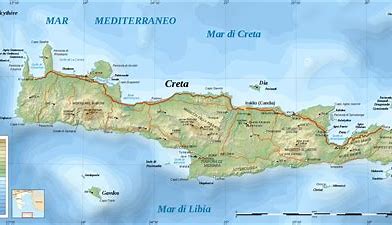
The largest city and seat of government is Heraklion.
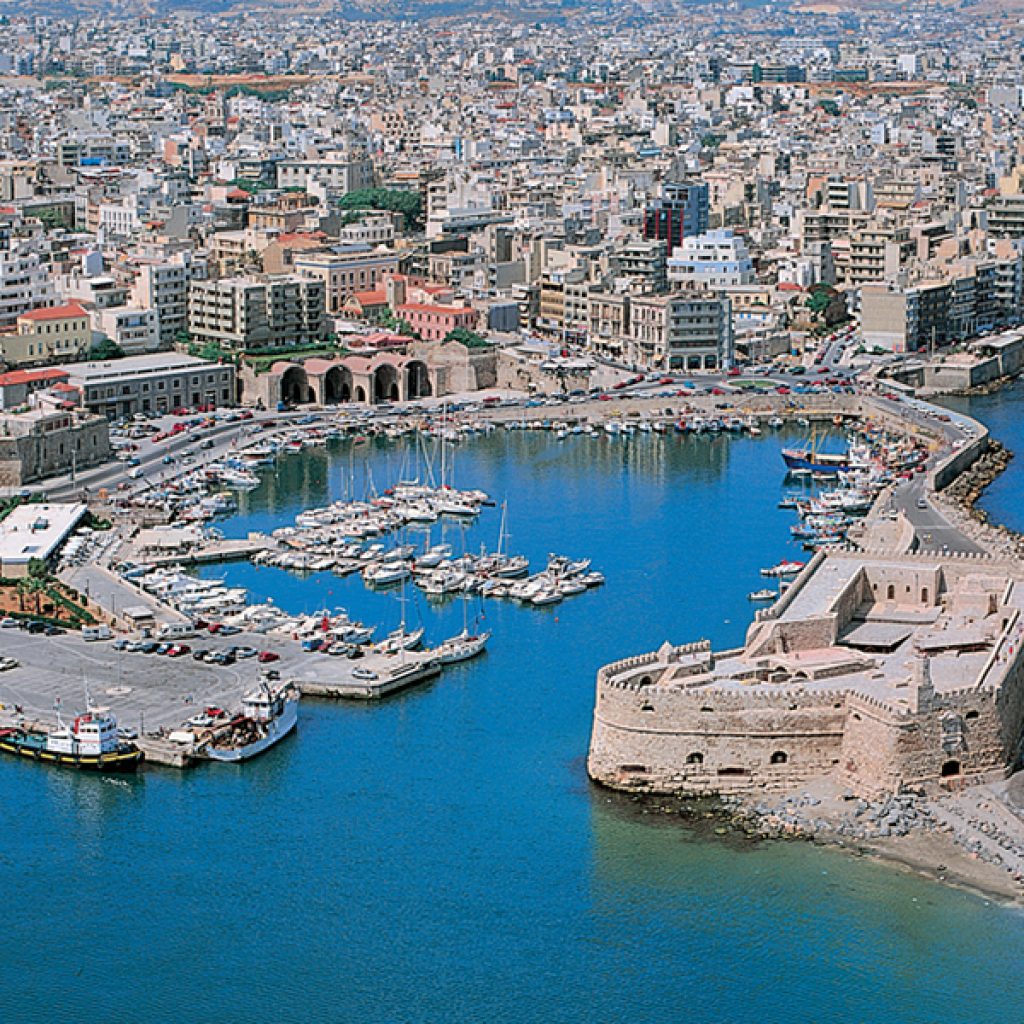
Climate on Crete
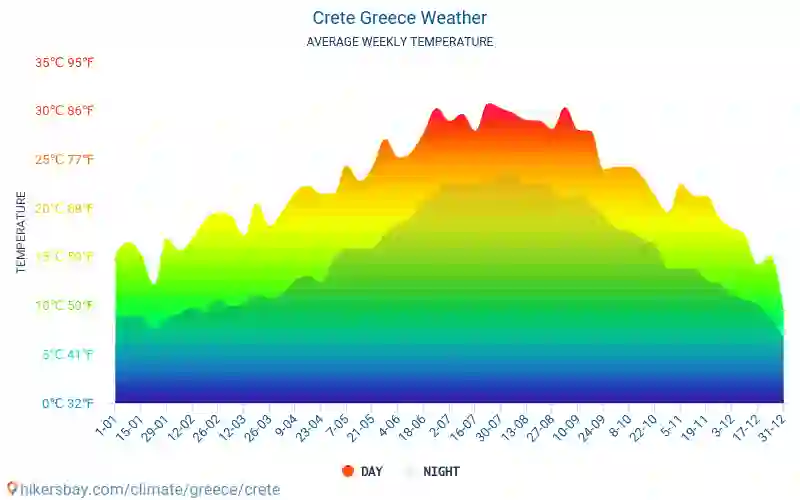
The climate is moderate. Summer is hot and dry, winter is cooler.
In mountainous areas, rainfall is much higher than in the rest of the island, and the peaks are often covered with snow. The vegetation is sparse and grows more abundantly in wetter regions. Crete is made of sedimentary rocks – mainly limestone. For this reason, there are many caves and gorges here.
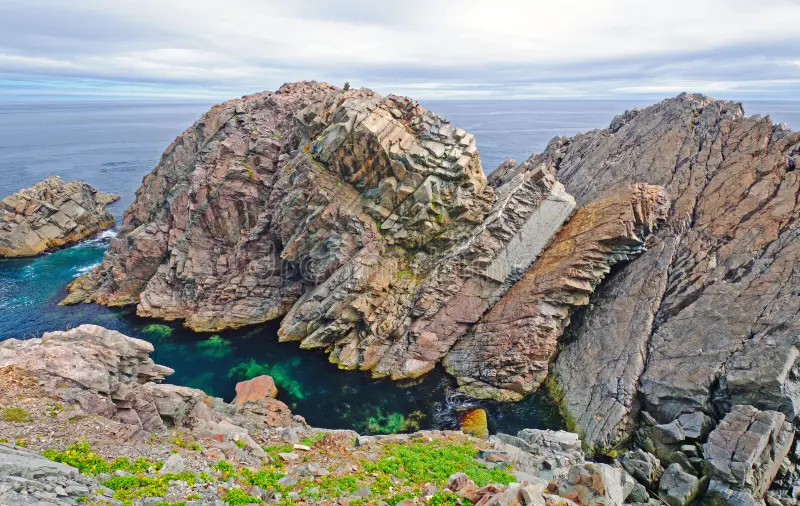
Minoan civilization
The first traces of settlement in Crete date back to approximately 6000-3100 BC. However, the Minoan civilization is most associated with Crete – named after the legendary ruler Minos, son of Zeus
and Europe. It developed between 3000-1500 BC and left behind mysterious ruins, clay tablets, multi-colored frescoes, writing still unread today, but above all, a lack of knowledge about those ancient times.
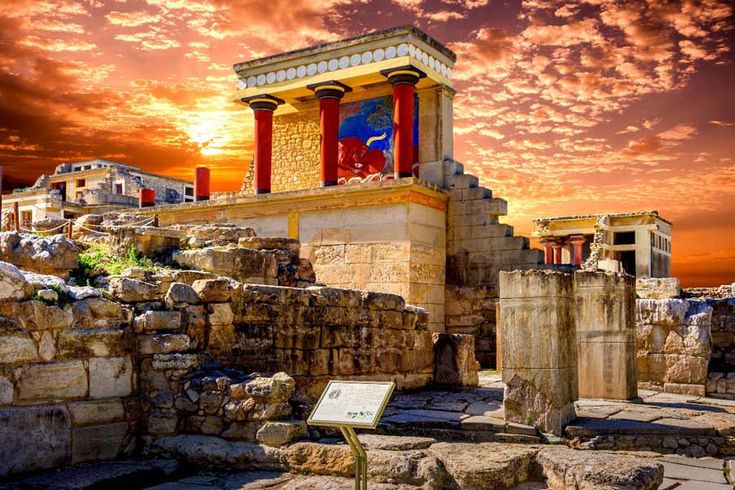
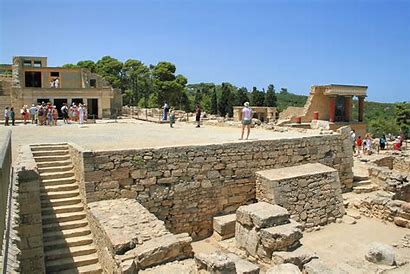
Knossos and Fajstos
Both reconstructed palaces (Knossos and Phaistos) are open to the public, giving you the opportunity to see with your own eyes the famous labyrinth, the seat of the Minotaur – half bull, half man – as well as the impressive courtyards and royal halls decorated with numerous frescoes.
Sprawdź również wersję polska artykułu–>